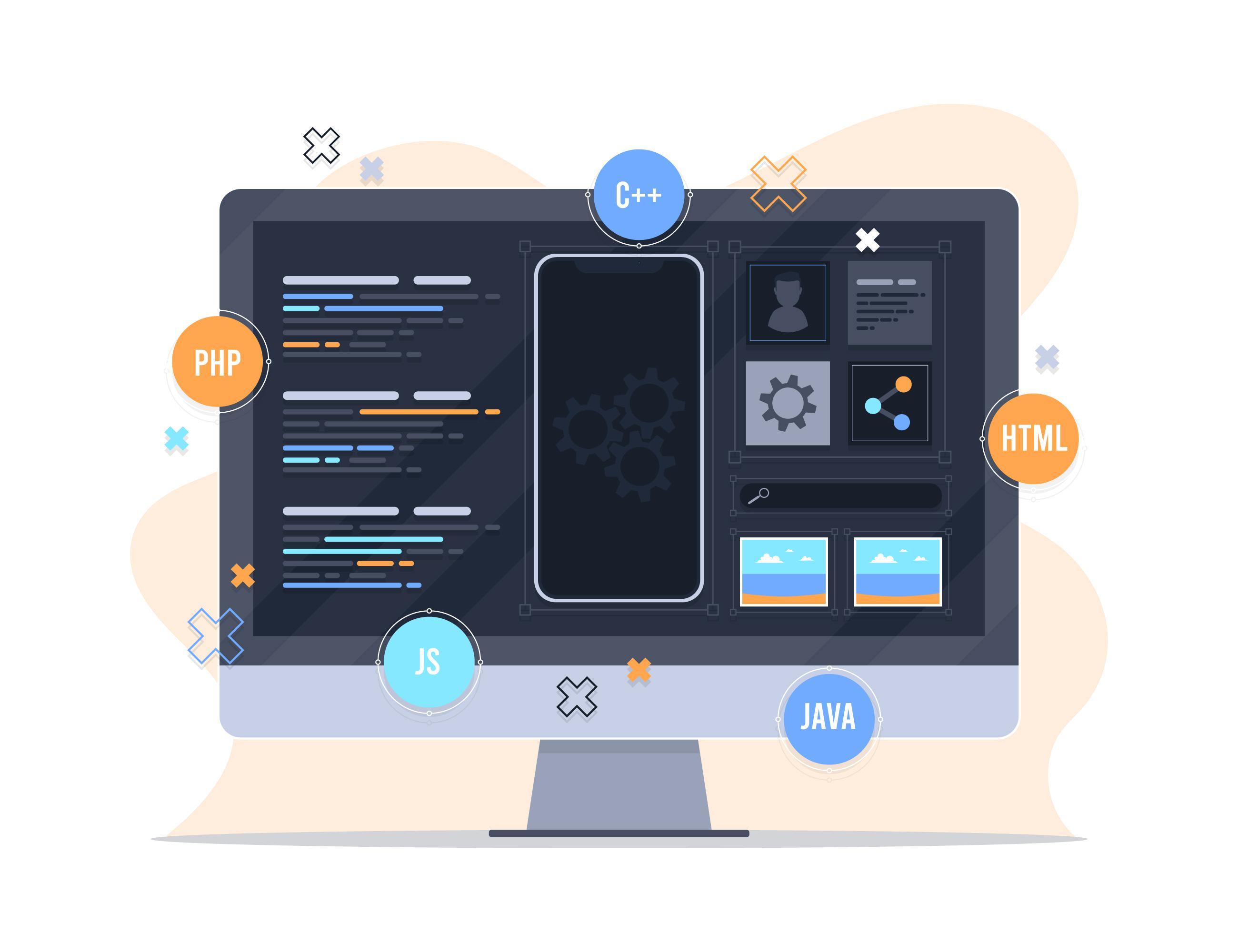Best Practices in UI Design for E-Commerce Websites
User Interface (UI) design is one of the most critical elements that directly impact the online shopping experience. An effective UI design can improve customer satisfaction, increase conversion rates, and enhance customer loyalty. In this article, we will discuss the best practices in UI design for e-commerce websites to optimize the shopping experience.
1. Simplicity and Clarity
A. Clean Design
- Use of White Space: White space helps make content more clear and easy to read. Avoid cluttered or overly complex designs that could distract users.
- Minimize Unnecessary Elements: Only include essential elements, such as products, buttons, and necessary information. Avoid adding elements that might distract visitors from the primary goal.
B. Text Formatting
- Choose Clear Fonts: Select easy-to-read fonts and avoid complex or decorative fonts. Ensure that text size is appropriate to ensure comfortable reading.
- Use Headings: Use subheadings and clearly defined sections to organize content, making it easier for users to navigate.
2. Easy Navigation
A. Effective Navigation Bar
- Logical Section Distribution: Ensure the navigation bar contains clear categories such as "Home," "Products," "About Us," and "Contact Us." This will help guide users quickly to what they are looking for.
- Advanced Search: Integrate an advanced search feature with filtering options to help customers easily find products.
B. Breadcrumb Navigation
- Provide Breadcrumbs: Using breadcrumb navigation helps users understand their location on the site. It allows them to easily navigate back to previous pages without feeling lost.
3. Smooth Checkout Process
A. Reduce Checkout Steps
- Simplified Payment: Minimize the steps required to complete the payment process. The checkout should be simple and quick, reducing the likelihood of cart abandonment.
- Offer Multiple Payment Options: Provide a variety of payment options, including credit cards, digital wallets, and bank transfers, giving customers more flexibility.
B. Confirm Information
- Order Confirmation: Before completing the payment, provide a clear summary of the order, including items, prices, shipping costs, and customer information. Ensure users can easily review their details.
- Provide Live Support: Add a live chat option or customer support during the checkout process to address any queries customers may have.
4. Responsive Design
A. Compatibility with Different Devices
- Responsive Design: Ensure the site works well on all devices, whether smartphones, tablets, or computers. The design should adjust to different screen sizes to ensure an optimal user experience.
B. Mobile Usability Testing
- Analyze User Experience: Perform tests on different devices to identify any potential navigation or readability issues, and make the necessary adjustments.
5. User Experience (UX)
A. Understand Your Target Audience
- User Behavior Analysis: Use data analytics tools like Google Analytics to understand user behavior on the site. These insights can help identify areas for improvement.
B. Collect Feedback
- Surveys and Polls: Gather customer feedback on their experience. This data can be used to pinpoint UI aspects that need improvement.
6. Provide Engaging Visual Content
A. Use High-Quality Images
- Product Images: Use high-resolution images of products taken from multiple angles. Attractive images can grab customer attention and enhance their desire to purchase.
B. Instructional Videos
- Use Videos: Provide product demo videos to help customers better understand the features and benefits of the products.
Conclusion
UI design for e-commerce websites is a key element in improving the online shopping experience. By following best practices such as simplicity, easy navigation, a smooth checkout process, and responsive design, stores can enhance customer satisfaction and increase conversion rates. Continuously analyzing customer behavior and gathering feedback will help improve the design over time and ensure e-commerce success.
